Plantscendence
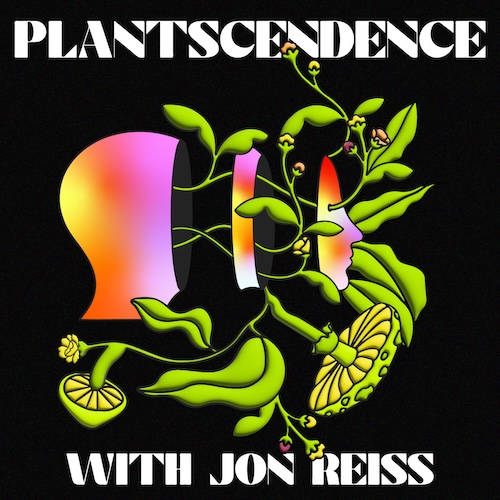
Plantscendence is the new podcast now on Apple Podcasts and Spotify that follows award-winning filmmaker and author Jon Reiss on a transformative journey as he explores the world of entheogens and the profound impact plant medicines have on healing, personal growth, and artistic expression with leading experts, healers, and teachers. First season guests include musician […]
No Small Matter Covid-19 Pivot – Global Screening Event
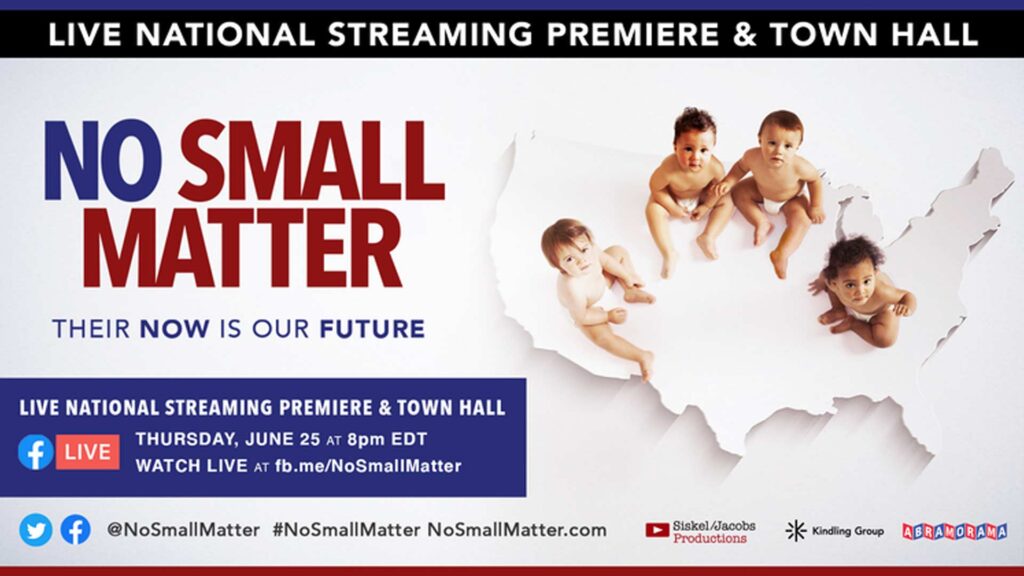
Since last fall I have been working with the team behind No Small Matter (directors Danny Alpert, Greg Jacobs, Jon Siskel, producer Rachel Pikelny and impact producer/co-producer Laura Fallsgraff) to create a national event to cap their incredible impact focused grassroots campaign that had already resulted in over 1200 community screenings. This massive campaign had […]
Desolation Center’s Innovative VOD Release Strategy and Practice
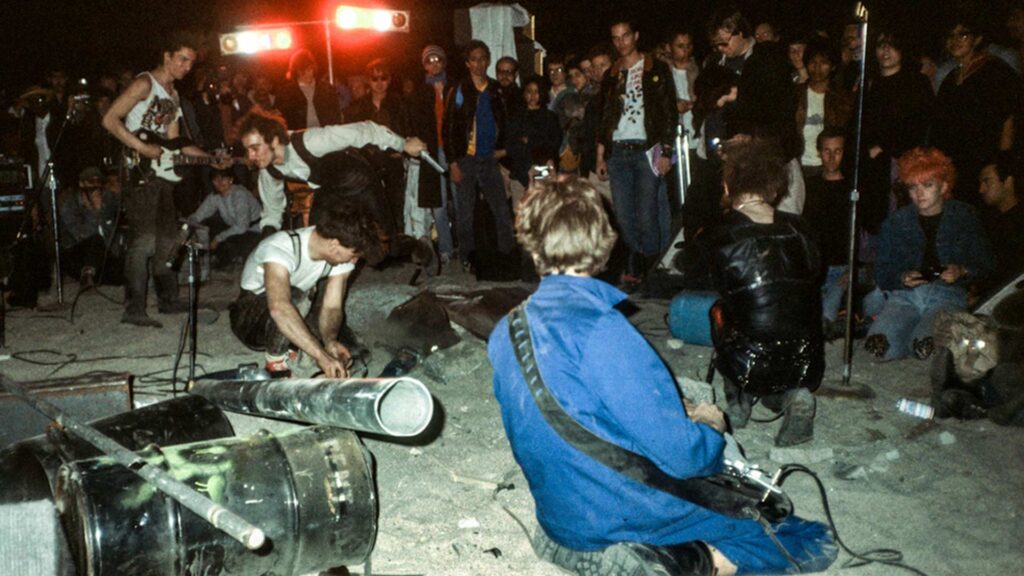
Photo: Einsturzende Neubuaten, By: Fredrik Nilsen Stuart Swezey’s Desolation Center, a story of the Reagan-era desert performances featuring Sonic Youth, The Minutemen, Redd Kross, Meat Puppets, Einstürzende Neubauten & Savage Republic that influenced some of the world’s most famous music festivals (Burning Man, Lollapalooza, Coachella), launches tomorrow on VOD after finishing a 50+ city theatrical […]
Introducing Four Sacred Colors by Ben-Alex Dupris
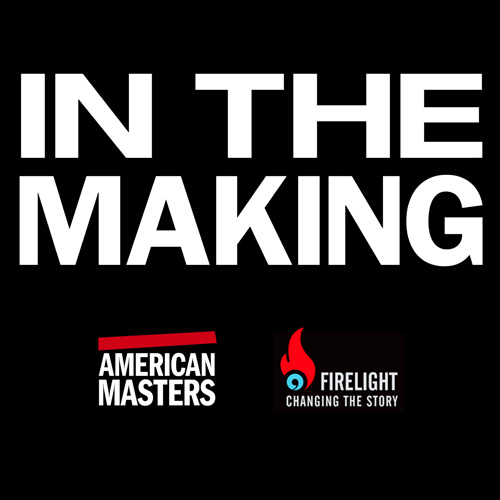
Ben Alex Dupris Filming Bunky Echohawk November is Native American Heritage Month – and I feel that it is more important now than ever to be celebrating and promoting Native stories by Native filmmakers. Native americans are on the front lines protecting our environment from exploitation and degradation, yet according to the massive research […]
Distribution: Aggregators vs. Distributors
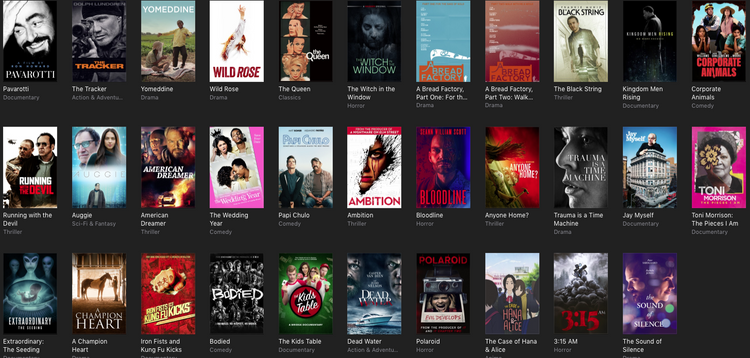
In the wake of the seeming demise of Distribber, which was one of the main ways in which filmmakers could get their work up onto major online platforms, it seems that it is still important to indicate the difference between aggregators and distributors – as well as between the two main types of aggregators: aggregators […]
Desolation Center Starts National Theatrical Release
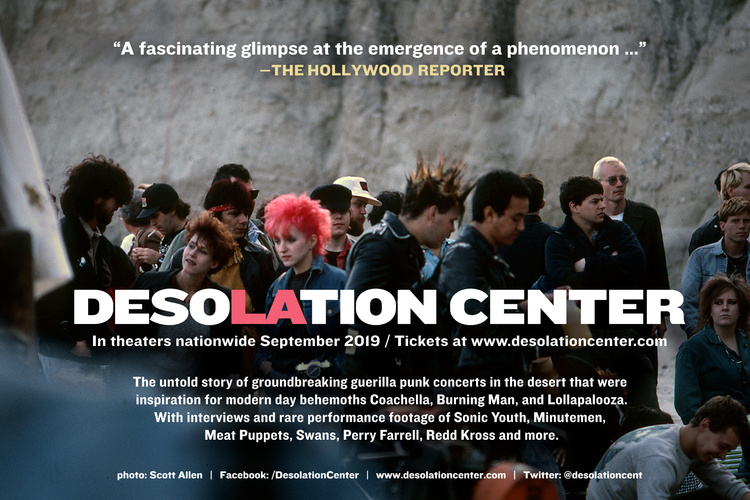
After a great festival run including Slamdance, CPH: DOX, Sheffield International Doc Fest and many more Desolation Center starts the next step of its journey today with the launch of a 30+ city theatrical release. It hits Los Angeles this week and then onward across the US and Canada. I have been advising and working […]
7 Deadly Sins of Self-Distribution Hot Docs Presentation and Notes from the Forum
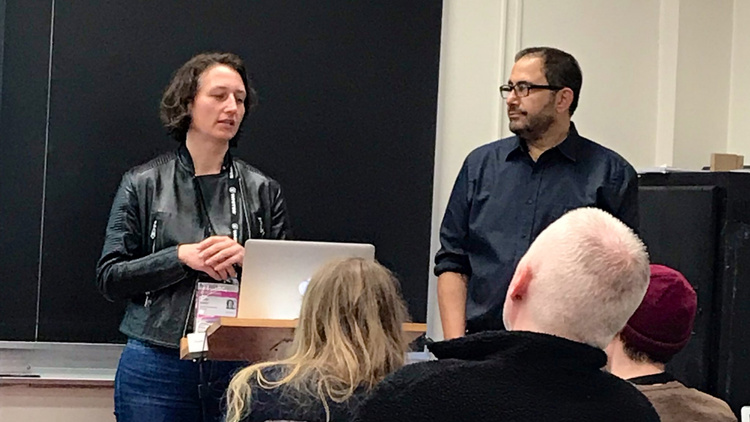
Earlier in the month, I had the pleasure to present and attend Hot Docs. As I am pitching a few new projects to direct and produce, I was especially interested in attending the Forum (5 notes of pitching to forums below). But first – I want to share the presentation that Sonja Henrici of the […]
The Power of Social Advertising A Case Study on 3100:RUN AND BECOME

I recently sat down with documentary filmmaker, Sanjay Rawal (Food Chains, Challenging Impossibility), to discuss the release of his latest film 3100: RUN AND BECOME. The film is a documentary about endurance and determination which follows participants in the world’s longest certified running race – the Self-Transcendence 3100 Miler – as they attempt to shatter […]
A BITTER MESSAGE OF HOPELESS GRIEF SCREENS AT BERLINALE
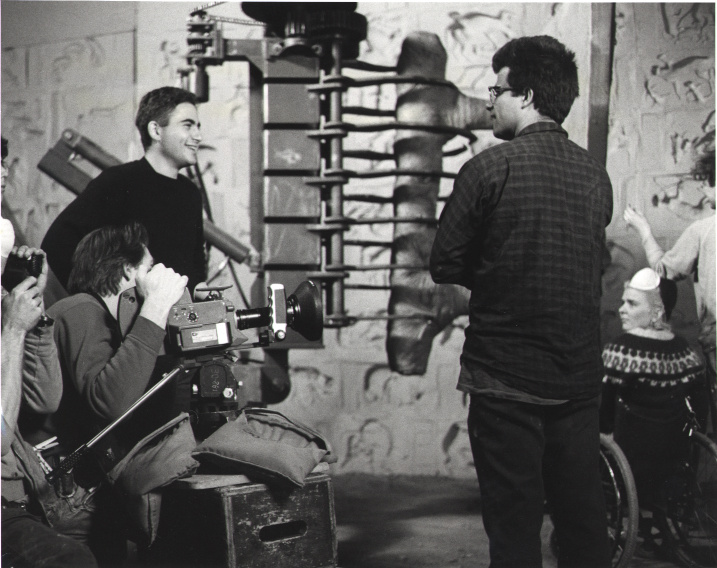
This week I will be traveling to Berlin Germany to attend the screenings of my 1988 short film, A Bitter Message of Hopeless Grief. The film was selected to screen in the 40th edition of the Panorama section of the Berlin Film Festival, a section that has always included films with the intention to inspire, […]
The Gate – 2018 Case Study
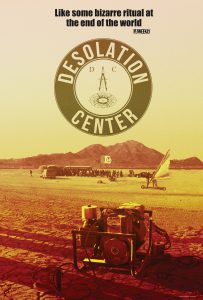
2018 – A Year in a Glimpse This last year has been busy, busy, busy! Hot off the presses – we are super excited that one of the projects we have been acting as consulting producer and distribution advisor on, Stuart Swezey’s film debut Desolation Center, just got selected for its US Premiere at […]